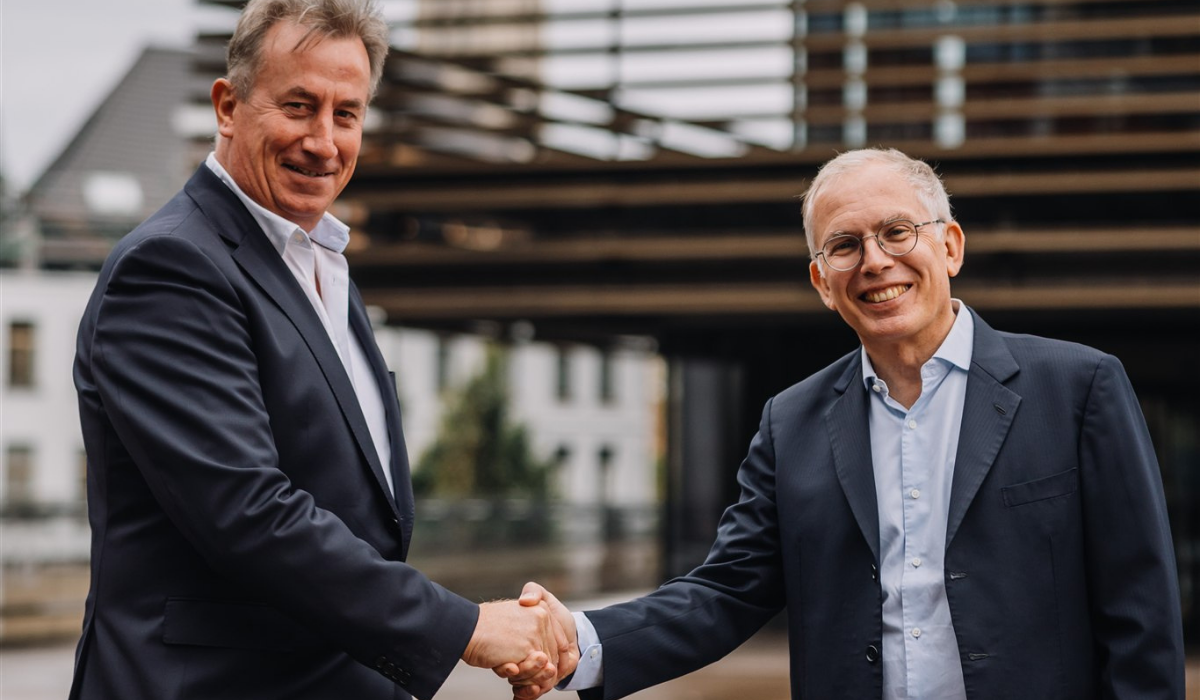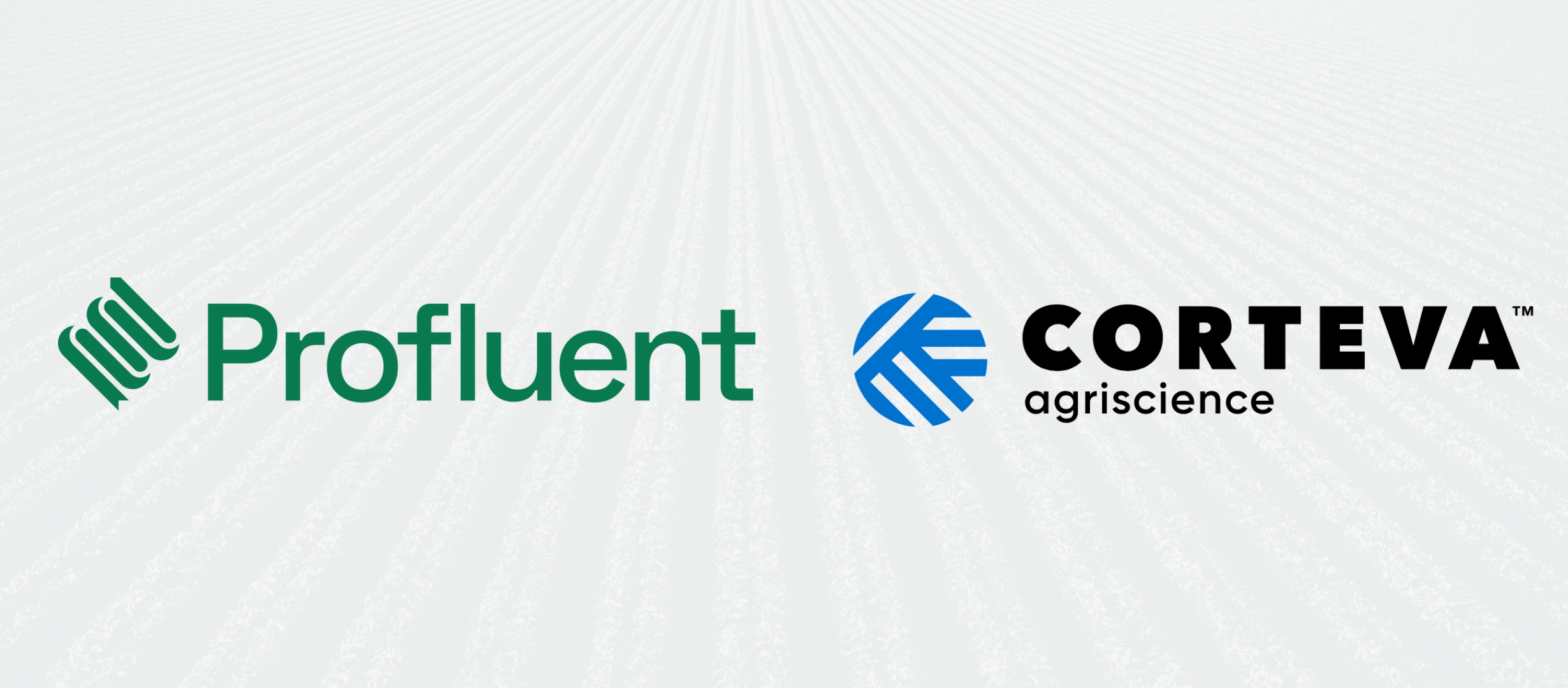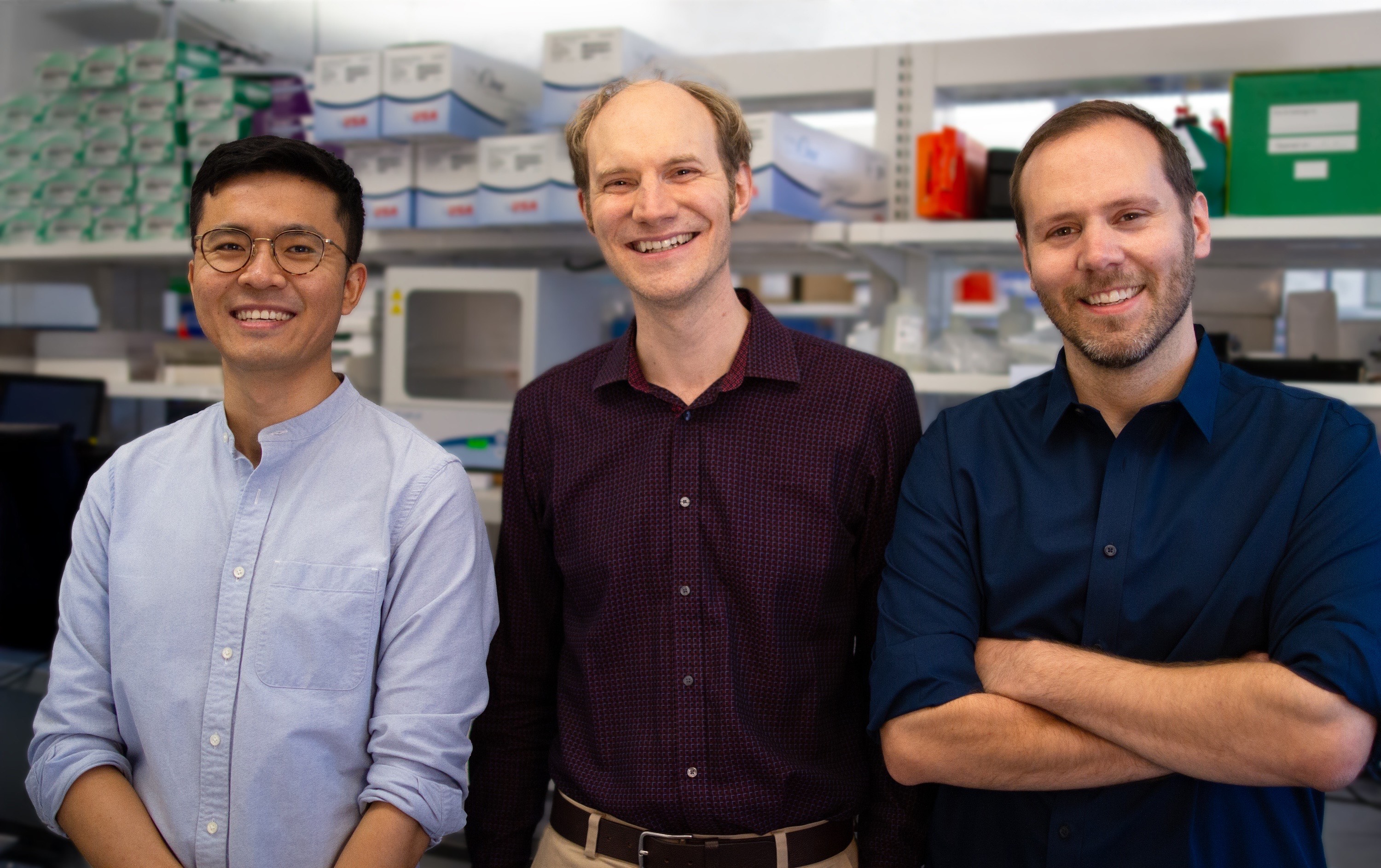Humanitarian Diagnostics Startup Helispot Takes Home First-Ever IDT Synthetic Biology Grant Award
This article is sponsored by Integrated DNA Technologies.We are entering the genomic age, as the distance between DNA/genomic research and consequential applications is rapidly shortening. From gene therapy to gene editing, powerful inventions for the betterment of humanity and the environment have never been more crucial.IDT is a household name in biotech. Nearly every researcher has either done business with or tapped into the resources provided by the nucleic acid giant. As the go-to DNA oligo supplier for many laboratories in both industry and academia, IDT is a powerful advocate for the genomic age.As an active sponsor of iGEM, the team at IDT realized that one critical group would need more support: that is, scientists who are transiting into entrepreneurship and the startup community. These are the brave pioneers who bridge the gap between ideas and real-world impact. Thus was born the Synthetic Biology Grant Program, a contest dedicated to supporting startups with platforms that bring positive change to human health, the environment, or humanitarian causes. IDT will support the winning scientists-turned-entrepreneurs with its forte: supplying DNA, an essential “raw material” of synthetic biology. First-place winner of the Grant Program will be receiving 100,00 base pairs (valued about $15,000 worth) of DNA from IDT’s synthetic biology product line. Runner-up will receive 50,000 base pairs (valued about $7,500) of the same product.Helispot has just been named the very first winner of IDT’s new Synthetic Biology Grant Program. Helispot’s mission is to create low-cost diagnostics for use at point-of-care and low-resource settings. The startup is developing stable enzymes and reagents to perform important diagnostic assays in parts of the world that typically don’t have access to advanced molecular biology machines, tools, and resources.The grant also awarded another startup, Guide BioSci, the distinction of runner-up. Guide BioSci’s goal is to accelerate the realization of CRISPR-based therapeutics. The company is working to optimize CRISPR genome editing technology by creating Cas9 fusion proteins that will ensure more predictable, less variable outcomes in the process of DNA repair.To learn more about Helispot’s mission, technology, and future direction, check out Helispot co-founder and CEO Joshua Yang’s interview by SynBioBeta’s Chris Oakes.Chris Oakes: First of all, congratulations on winning the IDT contest. With IDT advocating for the genomic age, this grant is a great way to support startups for whom a little bit of funding goes so far-- in your case, to create low-cost diagnostic assays for point-of-care applications in low-resource settings. Could you tell me a little bit more about Helispot’s founding mission?Joshua Yang: Helispot came out of the desire of my cofounders and me to apply our laboratory’s basic research to unmet real world clinical needs. We want to provide diagnostic assays that work under ambient conditions without additional equipment. This mission came easily to us as we’re keenly aware that addressing this unmet clinical need would have great societal impact.Chris Oakes: I imagine with your mission you are targeting a lot of emerging markets and populations affected by a lot of blood-borne diseases or diseases with mosquito vectors. What technical challenges are you looking to tackle that exist for other point-of-care diagnostic systems for these diseases?Joshua Yang: This is part of where the IDT grant will be immensely helpful for us: we’re an early-stage company and with this grant we’ll be able to create novel helicase enzymes and push the limits of our current technology, allowing our assay to be used in more places and under a greater range of conditions. In our grant proposal we had stated that we wanted to ensure that our helicase enzyme would be able to function well in tissue types that currently present a lot of difficulties for existing technologies. Blood-borne diseases like HIV, malaria, and Zika are best detected in blood itself, and it would be great if you didn’t have to do any sort of pre-processing to the blood in order to run the assay because the pre-processing typically requires equipment that may not be available in all locations. We are hoping to generate novel enzymes that can perform well even in these tough-to-chew biofluid samples. Being able to work directly with unprocessed biofluid would be a big advantage in this space.Chris Oakes: Absolutely. I know many organizations will be very keen to see your technology launch. What’s something that you would love the research and startup communities to know about Helispot?Joshua Yang: So first of all, we’re not a helicopter company. I realize that Helispot is also the term used for a helicopter landing pad, but we are clearly in the biotech diagnostic space. Second, I’d like to tell you about my motivation and why I believe so strongly in the company and our technology. I am the CEO of Helispot but I actually wear many hats. I currently am an MD-PhD student at the Johns Hopkins University School of Medicine, but I previously completed a degree in biotech entrepreneurism, the master of translational medicine, at U.C. San Francisco and U.C. Berkeley. When I think back on why I ended up in the diagnostic space and in biotech entrepreneurial endeavors, I think back to my formative experiences when I was an undergraduate student shadowing a rheumatologist at her practice. What I saw was an expert in her field prescribing drugs of the highest efficacy, and often times these drugs gave patients the relief that they were after and allowed them to return to their normalcy. During their follow-up appointments I couldn’t help but smile when I would see them exuberantly mention regaining the ability to play piano or open a jar without pain. But while hearing these stories I also heard other stories. Many patients were left with swollen joints and continually decreasing mobility made them either forego the activities they once enjoyed or experience them through a shroud of pain. So although I saw a doctor who had applied the theories of medicine as best as she could, she was limited by her tools. I mention that story because when I think about why I want to be a physician, a scientist, and an entrepreneur, it’s because I want to make sure that patients like the ones I saw in that doctor’s office are able to see the benefits of diagnostics and therapeutics that I see working in the laboratory. And I can think of no one better to bridge the divide than those same physicians and scientists who are actively seeing the patients and actively developing the new therapies. Now that we’re in a genomic age, I think this is especially true. New technologies are creating so much clinically actionable data, but the results are oftentimes difficult to analyze and interpret. So I think that scientists who are great at the science but are also concurrently trained with business skills will be invaluable to ensure that biotech startups and companies will pursue the diagnostics and therapies that are the best for patients and for the industry.Chris Oakes: I completely understand and appreciate the perspective. For a physician, the distance between the research lab and bedside is so great and so I applaud your perspective that comes from wearing all of these hats. But let’s talk a little bit about the secret sauce. So you’re focusing on fusion proteins that allow diagnostics that work in even the most difficult tissue samples, is that correct?Joshua Yang: Yes, right now our amplification technology entails these bioengineered helicase proteins that can unwind DNA with unprecedented, not-seen-in-nature processivity and speed. That is the secret ingredient in our amplification reaction and assay. Proteins are typically very finicky and they don’t like working in buffers or conditions that aren’t optimized. Blood and urine are very valuable biofluid sample types but unless you have the tools to process these to extract very pure DNA or very pure proteins, the samples very often inhibit the finicky reactions you are trying to do, so we’re focusing on creating fusion proteins (helicases and polymerases) that will work in these samples and will allow us to perform detection assays directly in the samples.Chris Oakes: And would you consider your work to fall in the realm of synthetic biology?Joshua Yang: I would definitely consider it synthetic biology. One of the helicases that we’re using comes from E. coli but we’ve identified domains that we’re going to use from the wheat plant and other domains that we’re using from hot springs bacteria. So our protein really is an amalgamation of different parts which nature has constructed extremely well. We’re using biotechnology approaches to combine them in a specific fashion such that the whole becomes greater than the sum of its parts.Chris Oakes: That’s a really inspiring way to think about it! Taking all the great features that we find in nature and put them to task is awesome.This article is sponsored by Integrated DNA Technologies.



.svg)










.jpg)

.gif)